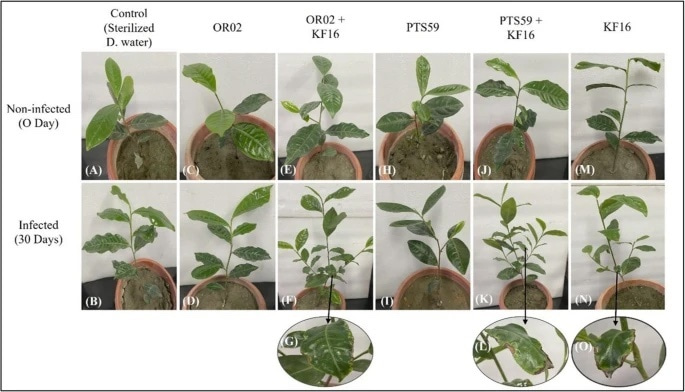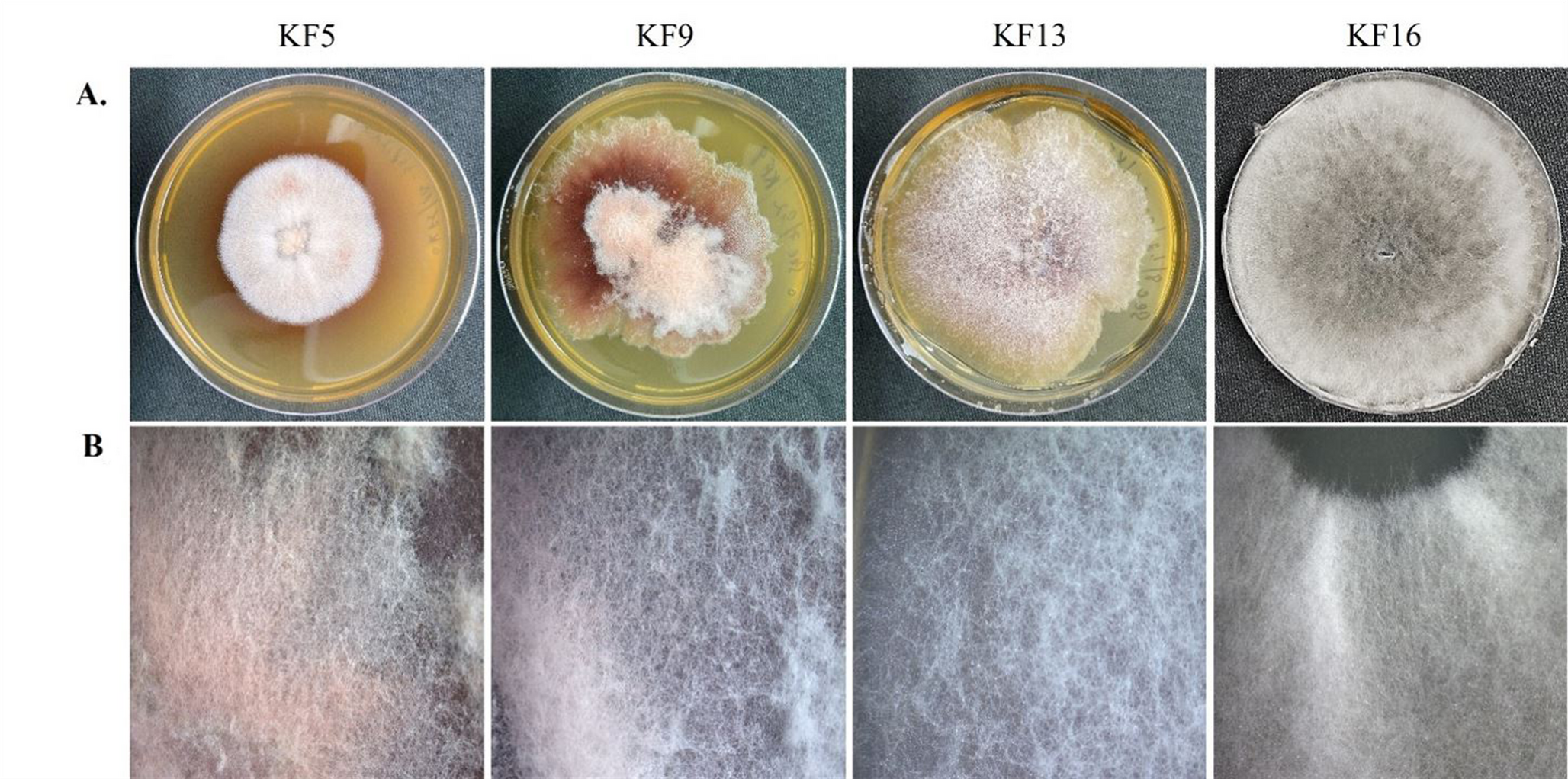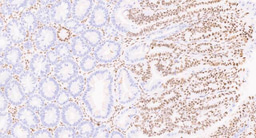Tea Leaves, Microscopes, and a Microbe Named OR02: The Story Behind Our Research
Published in Agricultural & Food Science

Tea isn’t just a crop in Assam. It’s history, economy, tradition, and identity woven into green fields. During my early field visits in 2023, I started seeing a pattern. Young leaves on some bushes, especially newly pruned ones, were turning brown at the tips. Planters called it “burnt leaf,” assuming it was nutrient stress or a minor seasonal issue. But what caught my attention was how often it affected the same estates, during the same stage of leaf development, and how sometimes it spread faster than abiotic stress would have.
The symptoms didn’t fully match the common tea pathogens we knew: not blister-like like blister blight, not the ring lesions of bird’s-eye spot, and not root-level like red root rot. These were sharply demarcated necrotic lesions, often with dark margins, and interestingly, most severe on the youngest leaves. That became our first clue.
Back in the lab, we started isolating samples from visibly infected leaves. Several fungi appeared in culture, but one isolate showed aggressive mycelial extension and distinct conidial structures. In pathogenicity tests on healthy tea leaves, it reproduced the same necrotic symptoms. That confirmation sparked both excitement and concern.
Through sequencing, it turned out to be Lasiodiplodia theobromae — a known pathogen in fruit trees and woody hosts, but not yet widely reported as a causal agent of leaf necrosis in tea. And even more striking, it displayed strong virulence specifically on emerging juvenile foliage. That explained why mature leaves were comparatively less affected in the field, and why some planters had overlooked it for seasons.
Once we understood the threat, the next question appeared naturally: What could stop it?
Our lab has long worked with rhizosphere and endophytic actinobacteria. Some strains, especially Streptomyces, have shown not just antifungal potential but plant growth–promoting properties. That dual action seemed ideal for tea, a perennial crop where both growth and disease management are equally important.
We screened several of our archived Streptomyces strains against L. theobromae. Two stood out - OR02 and PTS59. In dual culture, both strains produced a large inhibition zone and suppressed fungal growth by more than 90 percent. Its culture filtrate also showed extracellular antifungal compounds, revealing that the suppression was not just physical competition but chemical antagonism.
The more we tested them, the more it surprised us. In greenhouse trials, tea seedlings inoculated with L. theobromae alone showed clear necrotic lesions within days. But seedlings treated with PTS59 and OR02 along with the pathogen showed almost no symptoms. Not only that, the treated plants displayed better shoot elongation, more lateral branching, and visibly greener foliage.
This shifted our perspective. We were no longer just fighting a pathogen. We might have found a microbe that protects and strengthens tea plants at the same time.
Tea is a long-lived crop. Farmers rarely uproot entire plantations unless severely damaged. So, sustainable disease management needs long-term biological solutions, not just short-term chemical interventions. That made the actinobacteria strains especially promising. It wasn’t just inhibiting the fungus — it was boosting plant resilience.
Strains PTS59 and OR02 behaved like a guardian and a growth promoter.
One moment from this journey stays with me. A tea grower from Sonitpur told me, “In our fields, microorganisms decide the fate before we do.” That sentence captured both the challenge and the solution.
The study evolved from being a simple pathogen identification project to a deeper exploration of plant–microbe–pathogen interactions. We also started considering the formulation potential of actinobacteria strains as bioinoculants. Could it be introduced in nurseries? Could established fields benefit from it as a foliar or soil application? That opens a new chapter, and we’re working toward it.
Scientific research rarely begins with a perfect hypothesis. In our case, it started with field conversations, observation of leaf lesions, and curiosity about why “burnt leaf” only attacked new foliage. Many times, researchers walk past problems waiting to be named. This one was waiting to be understood, and luckily, we stopped to look closer.
This paper captures just one part of that journey i.e identifying L. theobromae as a necrotic pathogen in tea and demonstrating that two Streptomyces strains PTS59, OR02 can suppress it while promoting plant health. But the larger journey is still unfolding, toward formulation, field deployment, and possibly developing a microbial package for tea resilience.
When I think about this work now, I don’t just see petri dishes, DNA bands, and test plots. I see the plantation roads where the first doubts appeared, the microscopy room where the pathogen finally revealed itself, and that moment of clarity when we saw Actinobacteria not as a microbe, but as a potential solution.
Science sometimes begins in journals, but often, it begins in conversation. This one began with tea farmers, field notes, and a question: What if the solution lives in the soil, quietly waiting?
Follow the Topic
-
World Journal of Microbiology and Biotechnology

The journal publishes original research papers and review articles on all aspects of applied microbiology and microbial biotechnology.
Related Collections
With Collections, you can get published faster and increase your visibility.
Article collection on SDG3 Good Health and Wellbeing
Publishing Model: Hybrid
Deadline: Ongoing
Article collection on SDG2 Zero Hunger
Publishing Model: Hybrid
Deadline: Ongoing






Please sign in or register for FREE
If you are a registered user on Research Communities by Springer Nature, please sign in